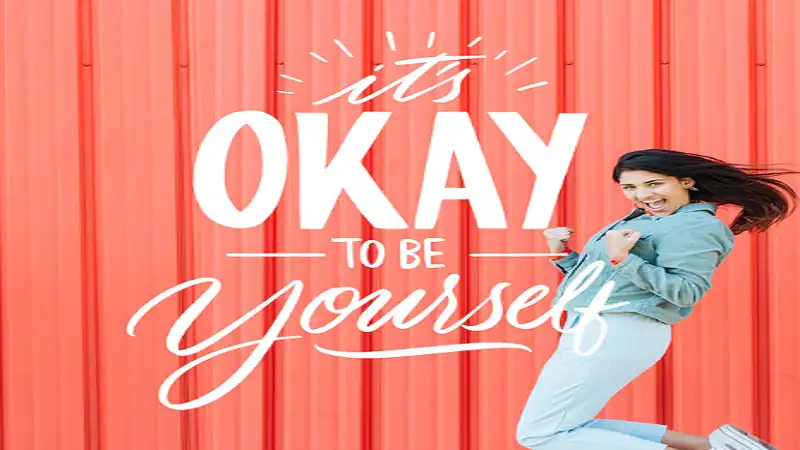In the digital age, video content has become an essential part of our daily lives. From educational tutorials and entertainment to news broadcasts and social media updates, videos are a primary medium for sharing information and connecting with audiences. However, to truly maximize the reach and impact of video content, it is crucial to consider accessibility and user experience. One of the most effective ways to achieve this is through the use of video captions.
Enhancing Accessibility
Accessibility in digital content ensures that all individuals, regardless of their physical or cognitive abilities, can access and benefit from the information provided. Video captions play a pivotal role in this regard, particularly for individuals who are deaf or hard of hearing. According to the WHO, over 5% of the world’s population has disabling hearing loss. This significant portion of the population would struggle to access video content without captions.
Captions provide a written representation of the spoken dialogue and important non-verbal sounds, such as music and sound effects. This inclusion allows individuals who are deaf or hard of hearing to understand the content thoroughly. Beyond legal compliance with accessibility standards, such as the Americans with Disabilities Act (ADA) and the Web Content Accessibility Guidelines, the integration of captions demonstrates a commitment to inclusivity and social responsibility.
Improving Comprehension and Retention
Captions do not only benefit those with hearing impairments. Research has shown that captions can enhance comprehension and retention of information for all viewers. This is particularly beneficial in educational settings, where complex concepts and terminology are often presented. Captions provide a secondary mode of information processing, reinforcing the spoken word and aiding in understanding.
Video caption generator can be invaluable tools for viewers who are non-native speakers of the language used in the video. They allow viewers to follow along more easily, improving their language skills and comprehension. This is especially relevant in today’s globalized world, where video content often reaches a diverse and international audience.
Enhancing User Experience
User experience is a critical aspect of content creation and distribution. Captions contribute significantly to a positive UX by providing flexibility in how and where videos can be consumed. For example, many people watch videos in environments where playing sound is not feasible, such as in public transportation, at work, or in quiet settings like libraries. Captions enable viewers to engage with the content without turning up the volume, making the viewing experience more versatile and convenient.
Moreover, captions make it easier for viewers to search for and find specific information within a video. This is particularly useful for longer videos or webinars where users might want to skip to a particular section. Searchable captions can enhance the navigability of video content, leading to a more satisfying and efficient user experience.
Boosting Engagement and SEO
From a content creator’s perspective, captions can also enhance viewer engagement and improve search engine optimization (SEO). Videos with captions tend to have higher viewer retention rates because they cater to a broader audience, including those who rely on captions for understanding. Engaged viewers are more likely to share content, leave comments, and interact with the video, which can amplify its reach and impact.
Regarding SEO, captions provide text that search engines can crawl and index. This increases the likelihood of the video appearing in search results, driving more organic traffic to the content. Keywords and phrases within captions can also enhance the video’s relevance to specific search queries, making it easier for potential viewers to discover the content.
Supporting Multitasking and Learning Preferences
In our fast-paced world, multitasking has become a common practice. Captions allow viewers to engage with video content while simultaneously performing other tasks. For instance, someone might watch a cooking tutorial with captions while preparing a meal or follow along with a fitness video while working out. This added accessibility layer makes video content more adaptable to different lifestyles and preferences.
Furthermore, captions support different learning styles. While some individuals are auditory learners, others may benefit more from visual or textual information. By providing both audio and text, captions cater to a broader range of learning preferences, enhancing the overall educational value of the content.
Fostering Inclusivity and Diversity
Incorporating captions into video content is a step towards fostering a more inclusive and diverse digital landscape. It signals to viewers that the content creator values accessibility and considers all audience members’ needs. This can enhance the creator’s reputation and build a loyal and diverse audience base.
Inclusivity in digital content creation is not just about compliance with regulations; it’s about embracing the diversity of the audience and ensuring that everyone has equal access to information and entertainment. By prioritizing accessibility through captions, content creators can contribute to a more equitable digital environment.
Practical Considerations and Implementation
While the benefits of video captions are clear, implementing them effectively requires careful consideration and planning. There are different types of captions, including closed captions, which can be turned on or off by the viewer, and open captions, which are always visible. Closed captions are generally preferred as they offer more flexibility for the viewer.
Automatic captioning tools, such as those provided by YouTube and other platforms, offer a quick and convenient way to add captions to videos. However, these tools are not always accurate, particularly with complex terminology or accents. Manual editing and proofreading are often necessary to ensure the quality and accuracy of captions.
Professional captioning services can provide high-quality captions, particularly for content that requires precision, such as legal or medical videos. While this can be an additional cost, the investment in accessibility can pay off in terms of audience reach and engagement.
The Future of Video Captions
As technology continues to evolve, so too will the capabilities and applications of video captions. Artificial intelligence and machine learning are improving the accuracy of automatic captioning tools, making it easier for content creators to provide high-quality captions. Additionally, real-time captioning for live broadcasts and events is becoming more accessible, further enhancing the inclusivity of digital content.
Captions are expected to become a standard feature of all video content. As awareness of accessibility and inclusivity grows, so too will the demand for captions. Content creators who embrace this trend early will be well-positioned to connect with a broader and more diverse audience.
Conclusion
Video captions are a powerful tool for enhancing accessibility and user experience. They ensure that all individuals can access and benefit from video content regardless of their hearing ability. Beyond accessibility, captions improve comprehension and retention, enhance user experience, boost engagement and SEO, and support multitasking and different learning preferences. By fostering inclusivity and diversity, captions contribute to a more equitable digital landscape.
Implementing captions is not just a legal obligation for content creators; it’s an opportunity to reach and connect with a broader audience. As technology advances, video captions’ importance will only grow. By prioritizing accessibility and user experience through captions, we can create a more inclusive and engaging digital world for everyone. click here













